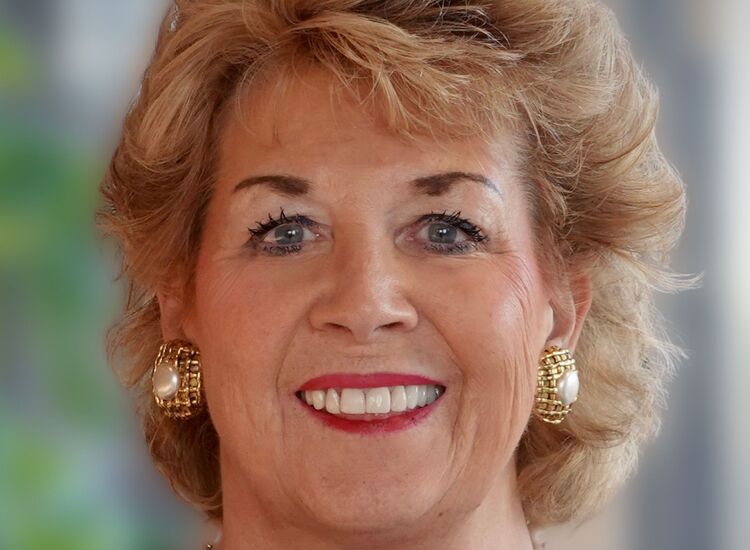During the heady days of the booming Celtic Tiger economy, a friend, who had lived in New York for many years, but returned to Dublin, predicted that Ireland’s newfound prosperity would lead to the first generation of young people in memory who wouldn’t have to emigrate for economic reasons. Today, however, his prediction is proving to be overly optimistic. Many young people living in the Republic of Ireland are having such trouble making ends meet that they are considering emigration. According to a recent study carried out by Red C on behalf of the National Youth Council of Ireland, more than seven in 10 young people between the ages of 18-24 are considering moving abroad in hopes for better quality of life. A similar poll in 2012 found only 51 percent contemplating leaving Ireland.
The gloomy outlook of young Irish people seems to contradict the dominant narrative about the Irish economy. Economists note that Ireland is in fact far richer than it was 20 years ago and is in many ways an economic success story. Ireland has become one of the world’s richest countries with one of the highest levels of G.D.P. in the world. Today, Ireland enjoys a massive tax windfall from the foreign tech and pharmaceutical companies that have become the backbone of its economy, as well as a huge government budget surplus. In addition, a record 2.55 million people have jobs. Youth unemployment is even the lowest in the European Union.
Those positive economic indicators do not mean much, however, to young Irish people struggling to pay their bills and save for the future. Ireland is also the European Union’s most expensive country with housing costs as much as 84 percent higher than the E.U. average. A wave of 10s of thousands of Ukrainian refugees and others seeking asylum has pushed up the cost of housing even further in the last year. Inflation, which soared over 9 percent in 2022, has come down, but still was over 6 percent in May, consuming the limited earnings of young people just trying to get by. The NYCI survey also found that 80 percent of young Irish people are fearful for their future, 50 percent reported worse mental health in the context of the rising cost of living, 40 percent were not as happy as they were six months ago. The survey also showed 50 percent are also struggling to make ends meet, and around a quarter said their experience with housing in the last six months is worse. Many young Irish people are also frustrated by an inability to save for the future. They NYCI Director for Policy and Advocacy Paul Gordon hopes that its survey findings will highlight the severe impact of the current cost-of-living crisis on young people.
Not long ago the Republic of Ireland had one of the highest rates of home ownership in the world, but today many young Irish people see the dream of owning a home and living comfortably in Ireland as unattainable. Real estate prices have surpassed the lofty prices of the Celtic Tiger boom in April 2007. The Future Trends in Housing Tenure and the Adequacy of Retirement Income study, carried out by the Economic and Social Research Institute, found that only one-in-two people between the ages of 25-34 are likely to own a home by the time they retire.
Young people complain bitterly about the soaring cost of living — and in particular housing, which is pricing them out of their own country. “I don’t know anyone planning on staying,” said a Dublin student who plans to move to Australia after she graduates.
Alarmingly, another recent poll showed two-thirds of Irish workers feel disconnected from their jobs and close to a third are considering a move abroad. The Irish Central Statistics Office reported last August that 27,600 people had left Ireland in the year that ended in April 2022, which represented an increase of 4,800 over the previous year. Close to 50 percent of those emigrants were aged 25-44 years. Paul Gordon warned that, “Unfortunately, an overwhelming majority feel a better quality of life can be achieved elsewhere.” He has called for more government support for Irish youth, “so that young people can remain in this country.”
Many of those who leave play vital roles in the Irish economy and society. For example, Ireland is hemorrhaging doctors. The number of Irish doctors granted visa applications to work in Australia has jumped dramatically. That country granted 391 visas to Irish doctors last year, compared with 332 visa applications granted the previous year, and the figure has jumped 44 percent over a three-year period. Australia is also eager to grant visas to other Irish health-care workers and skilled Irish tech workers. Let’s hope that the Irish government realizes the seriousness of the problems young people face and takes decisive action so that Ireland does not lose another generation abroad.








